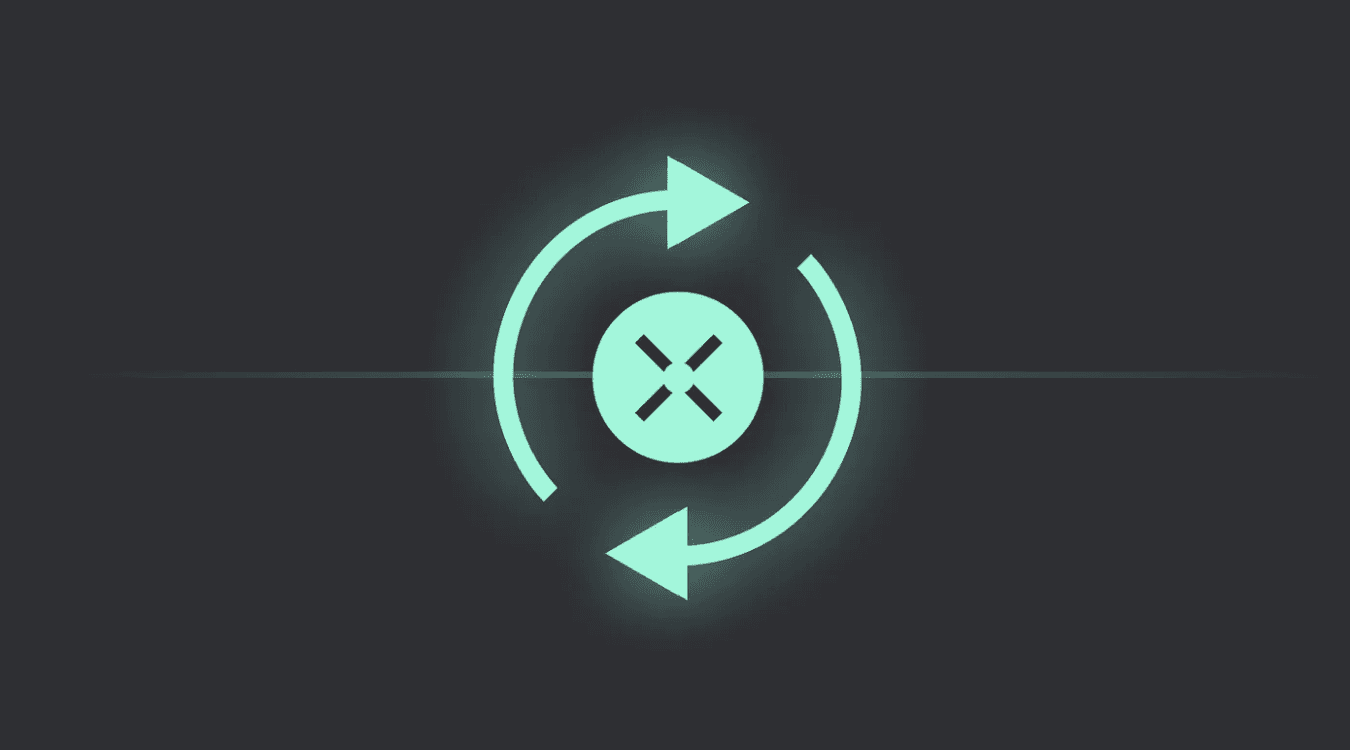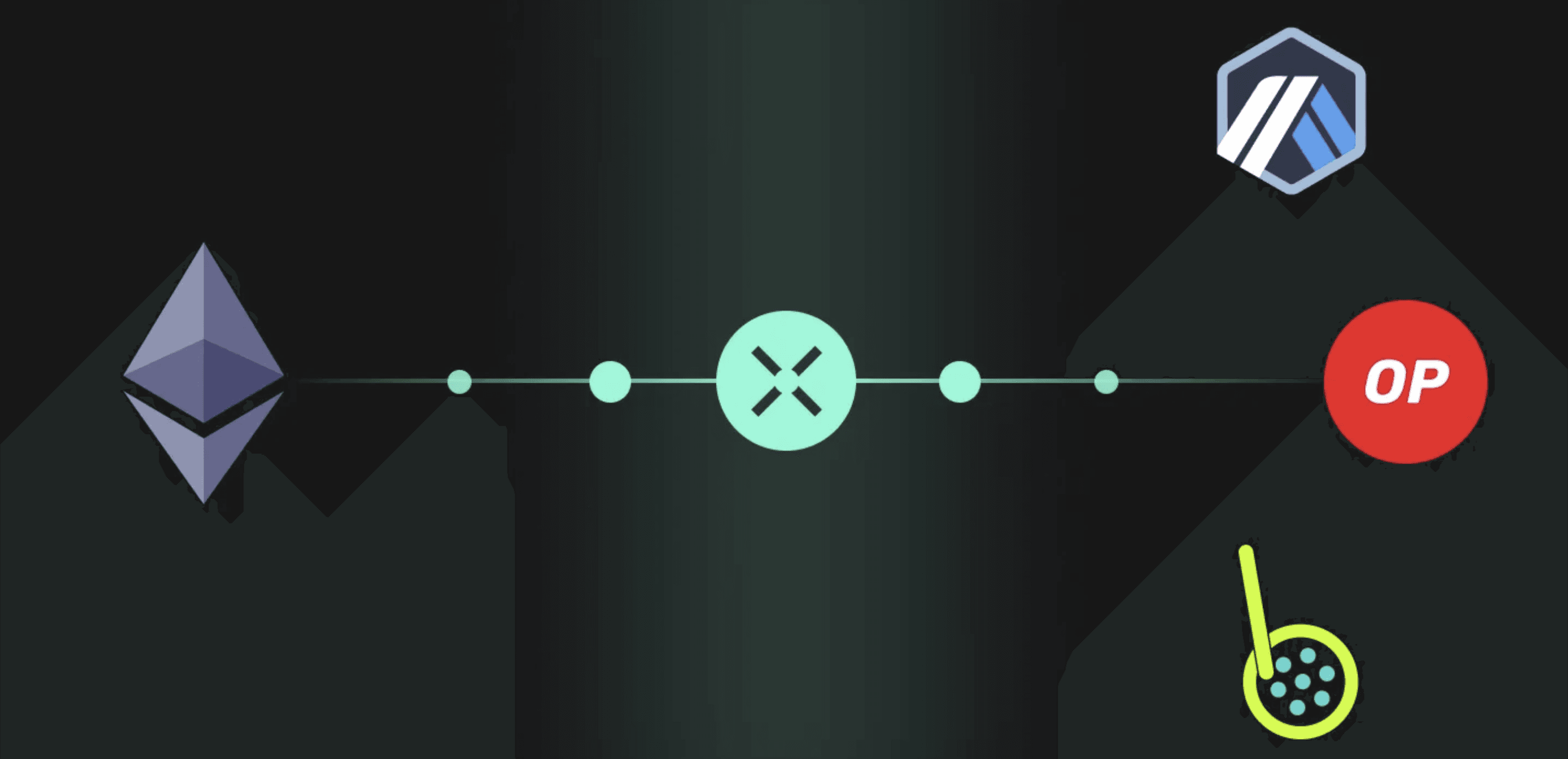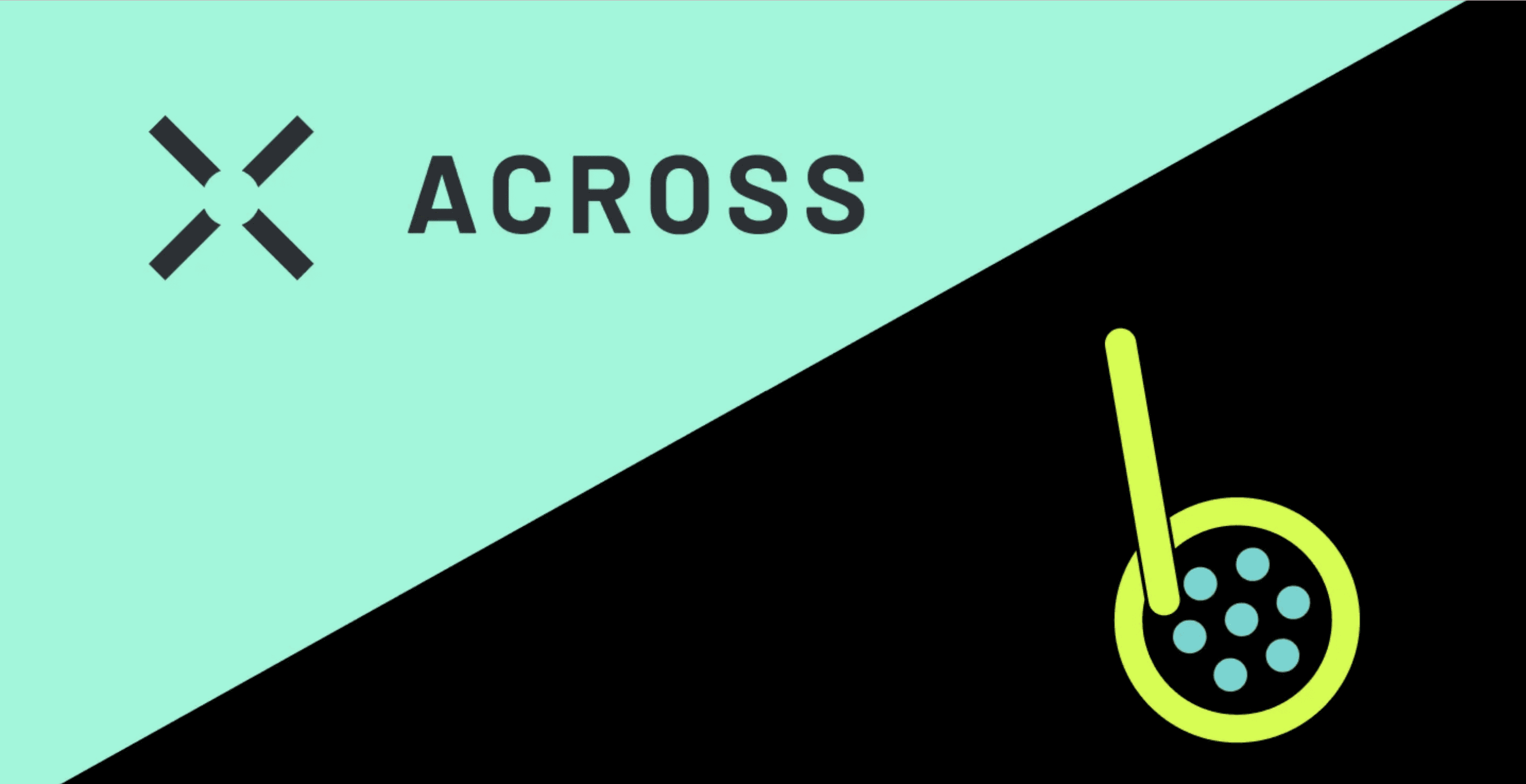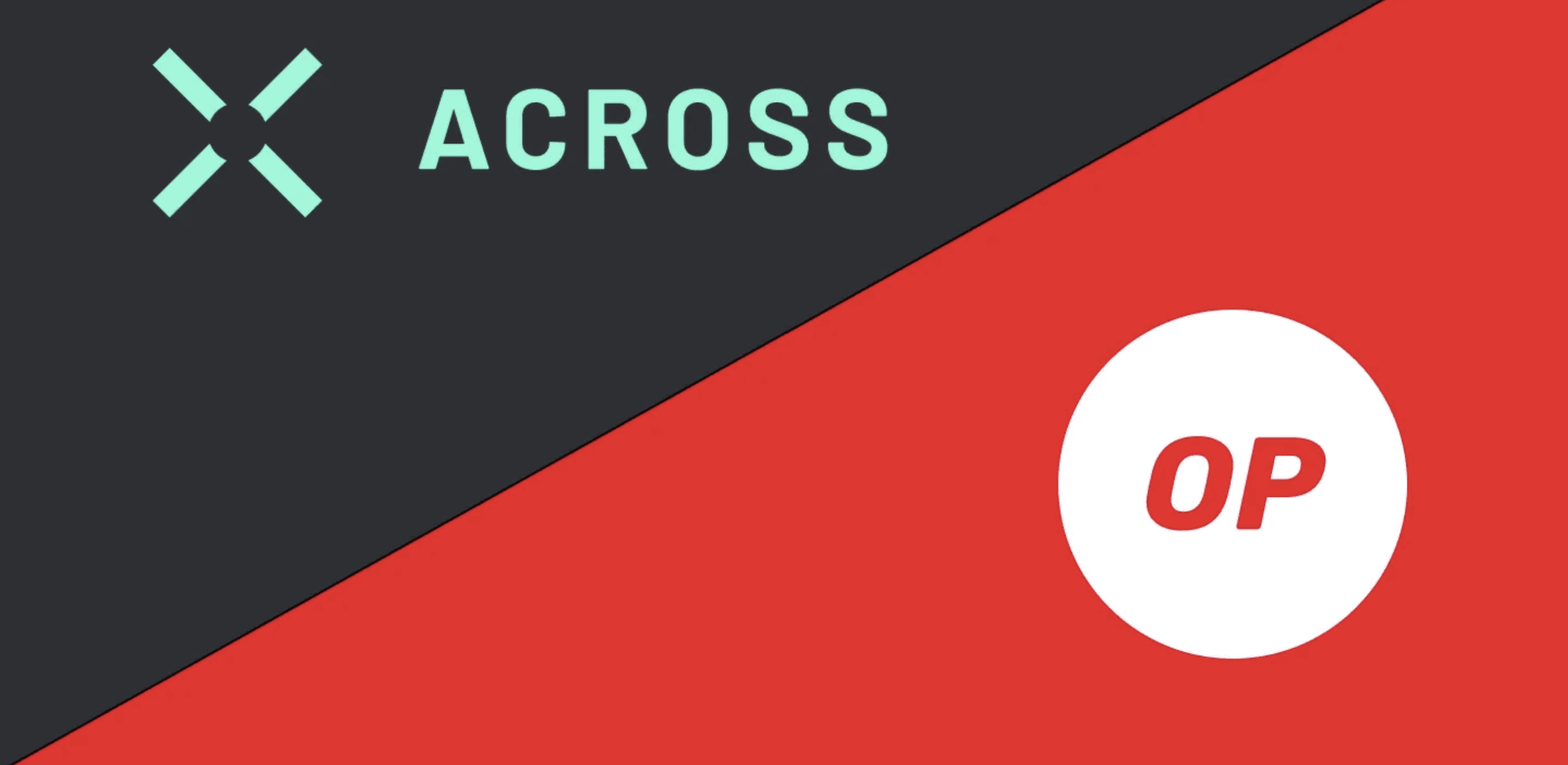TLDR
When you bridge with Across Protocol, your crosschain intent gets picked up by a powerful network of independent relayers who race to fulfill it for you using their own capital. You receive your funds near-instantly on the destination chain, while relayers are reimbursed later. There are no multisigs, no custodial risks. Just fast, secure, and trust-minimized bridging powered by intent-based infrastructure.
Introduction
You’re on the Across dApp, staring at your screen. Arbitrum to Optimism. USDC. You double-check the numbers, then press the big, beautiful button: “Confirm Transaction.”
That’s it. A few seconds later, the funds are already in your wallet on Optimism.
Easy. Seamless. Magic? Not quite.
Behind that one click, a calculated process just took place. A fast-paced relay race happened across multiple blockchains. Independent, third-party participants raced to fill your request, fronted capital on your behalf, and relied on optimistic, economic guarantees to make sure they got repaid.
You didn’t see any of it. You took on zero risk. And that’s the point.
But today, we’re taking a peek under the hood of Across Protocol.
Step 1: You Submit Your Intent
Before we dive into what happens next, let’s cover the core mechanism that powers everything in Across: intents.
An intent is a public statement of what you want to happen. You’re not saying how to do it, but rather simply broadcasting a request. For example:
“I want to send 500 USDC from Arbitrum to Optimism.”
It’s like opening up the Uber app and saying, “I want to go downtown.” You don’t need to know the driver, their route, or what car they are driving. You just say where you want to go and someone else handles the logistics for you.
When you bridge on Across Protocol, your wallet sends a transaction to Across’ smart contract on the origin chain. That transaction locks your tokens and emits a signal (your intent) out into the world.
And that’s when the race begins.
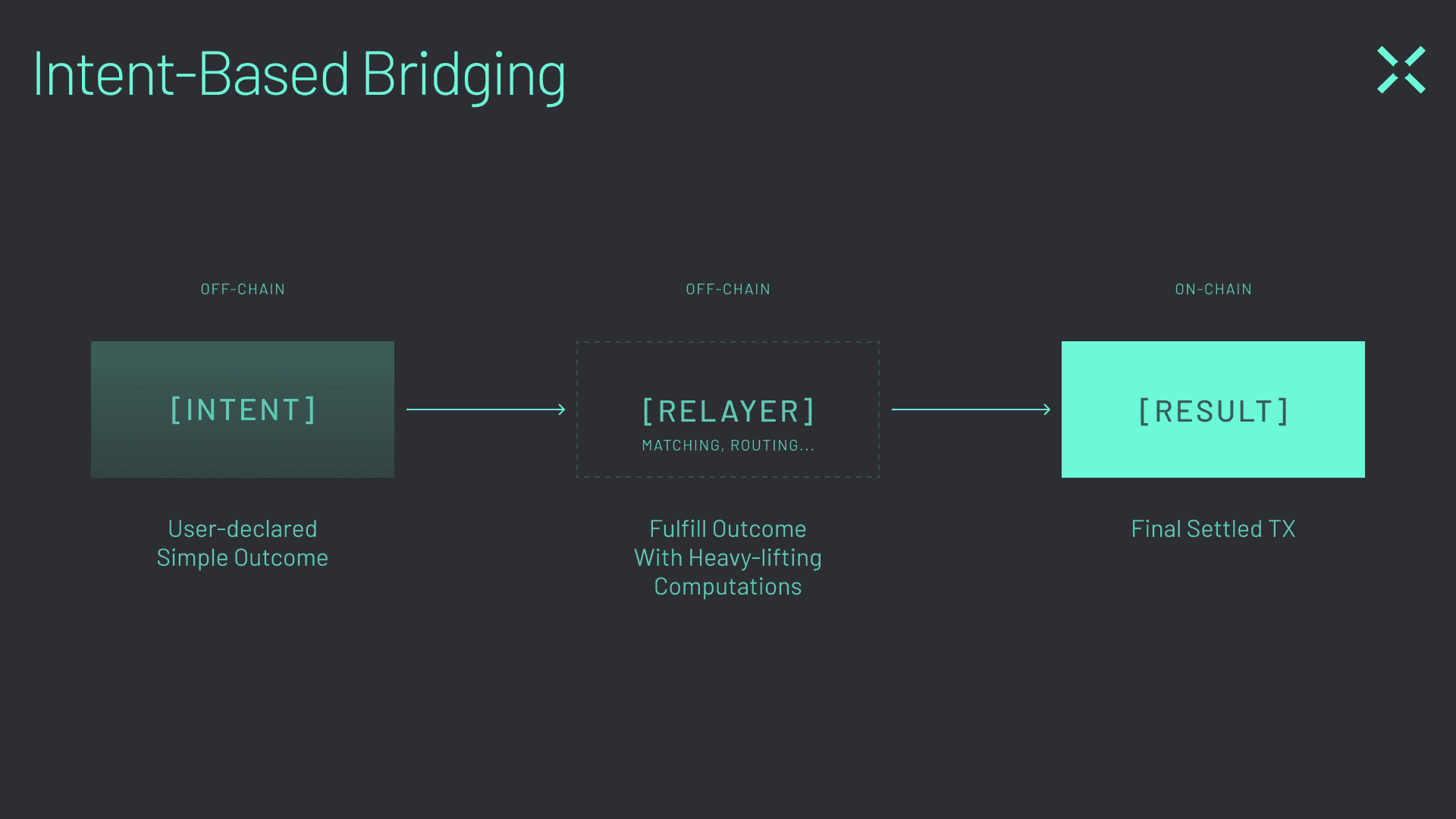
Across uses a network of third-party relayers to fill user intents across chains.
Step 2: The Relayer Race
Somewhere out there, dozens of relayers are watching for user intents, just like yours.
Relayers are independent actors running specialized infrastructure to provide liquidity across blockchains on behalf of users. You can think of them like Uber drivers with their phones open, scanning for nearby ride requests. When your “bridge intent” goes live, these relayers evaluate it in real time:
“Can I fulfill this fast?”
“Do I have the capital ready on the destination chain?”
“Will it be profitable after gas costs and risks?”
If the answer is yes, the relayer acts. But here’s the key: Across doesn’t assign relayers. It’s a permissionless race. The first relayer to deliver the funds on the destination chain and submit valid proof wins.
The proof is a fillV3Relay transaction submitted to the SpokePool: Across Protocol’s onchain contract that manages bridging on each individual chain.
The fillV3Relay transaction is a smart contract call that relayers use to deliver funds to your wallet, provide verifiable proof of fulfillment on the destination chain, and log all the data needed for reimbursement. You can think of it like a signed receipt: once it’s submitted and accepted, the intent is marked as filled, and no other relayer can claim it. Even if multiple relayers attempt the fill, only the fastest one succeeds. In return, they receive a small financial reward for their services.
This dynamic competition ensures you always get near-instant fills and the best possible pricing. And it all happens automatically in the background, within seconds.
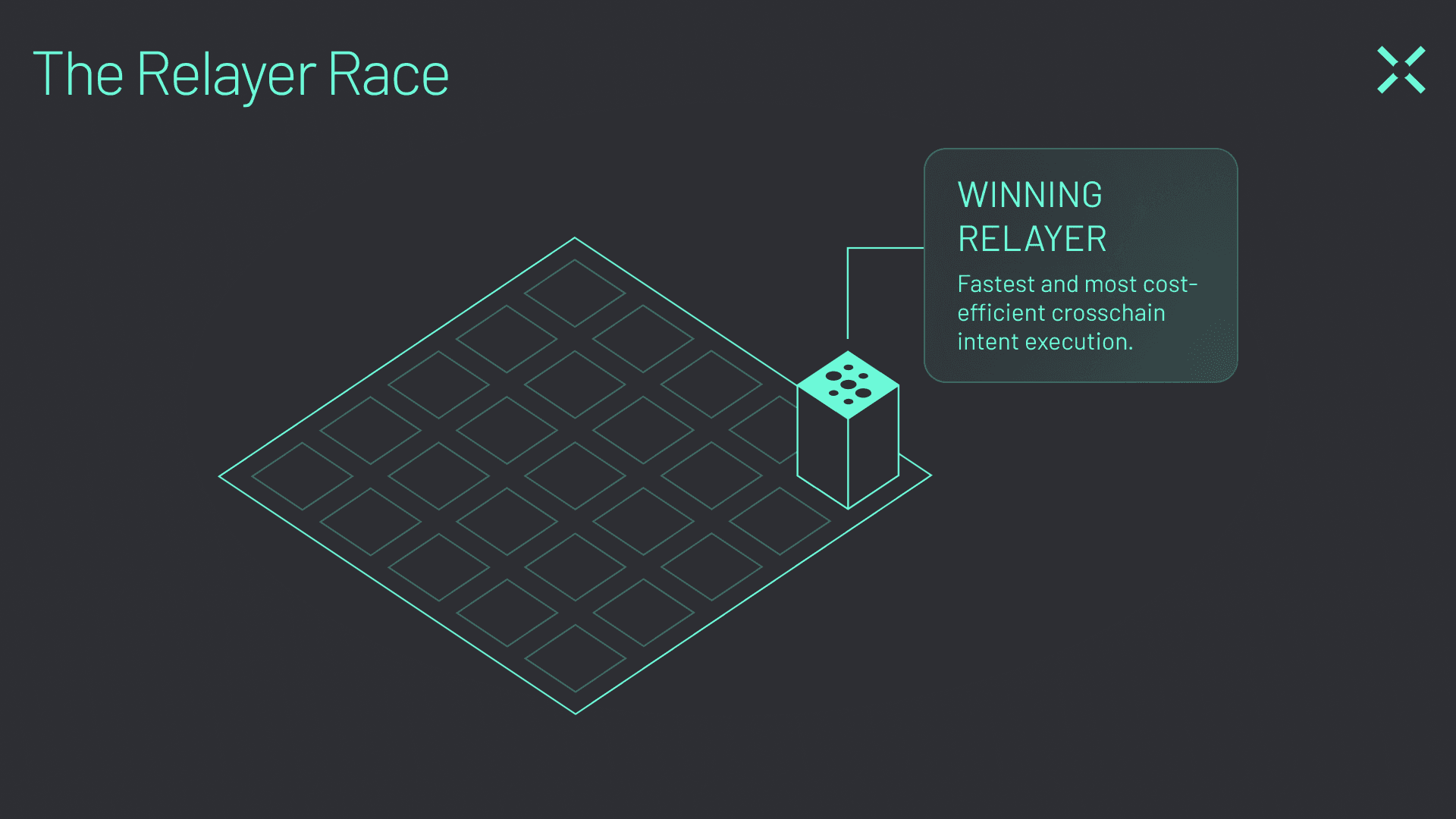
The first relayer to deliver the funds on the destination chain and submit valid proof wins the race.
Step 3: You Receive Your Funds Near-Instantly
The winning relayer doesn’t wait around for confirmation or approvals. They take your intent, match it with your wallet address on the destination chain, and send the funds from their own capital near-instantly.
That’s why bridging with Across feels so fast. As a user, you’re not waiting for finality. You’re not stuck waiting for multiple validators to coordinate. You receive your funds on the destination in seconds, thanks to the competitive relayer network.
The winning relayer sticks around for final settlement and repayment after the intent has been fulfilled.
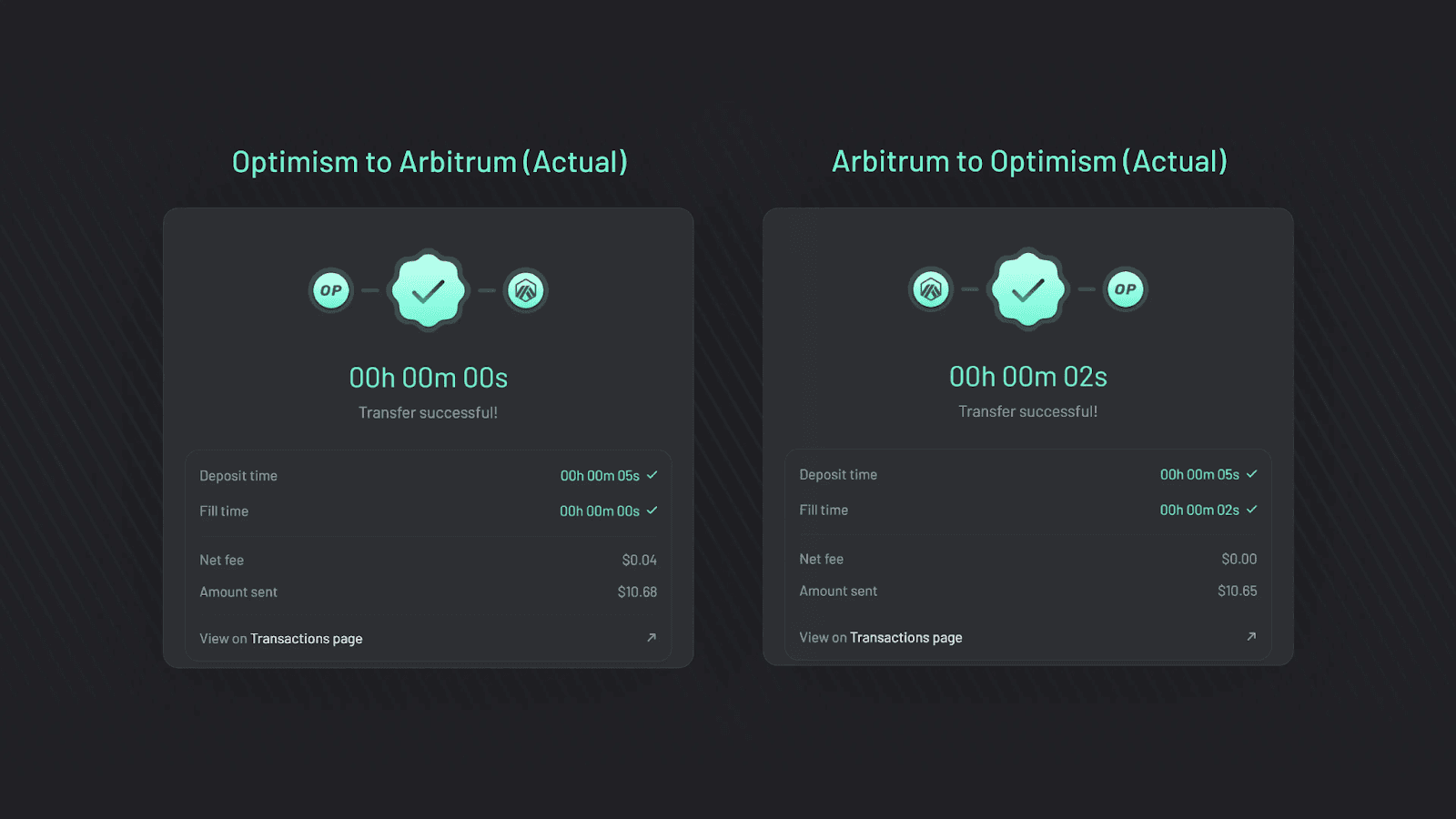
Users receive their bridged funds on the destination chain within seconds.
Step 4: The Relayer’s Responsibility
When a relayer fills your bridge request, they’re stepping up to make the experience near-instant for you. They send your funds first from their own balance without waiting for an onchain confirmation.
Of course, there’s some complexity behind the scenes:
Fronting capital: Relayers use their own funds to complete your transfer right away.
Delayed reimbursement: After a short delay (usually about 1 hour), relayers are paid back plus a fee for their service.
Smart risk management: Aspects including network finality and gas fees are built into the relayer’s strategy. The system is designed to make these risks predictable and manageable.
Relayers are fast-moving operators who know what they’re doing. Across is built to support them with infrastructure that’s fair, transparent, and battle-tested. It’s this crosschain engine that makes your bridging experience feel effortless, even though so much coordination is happening in the background.
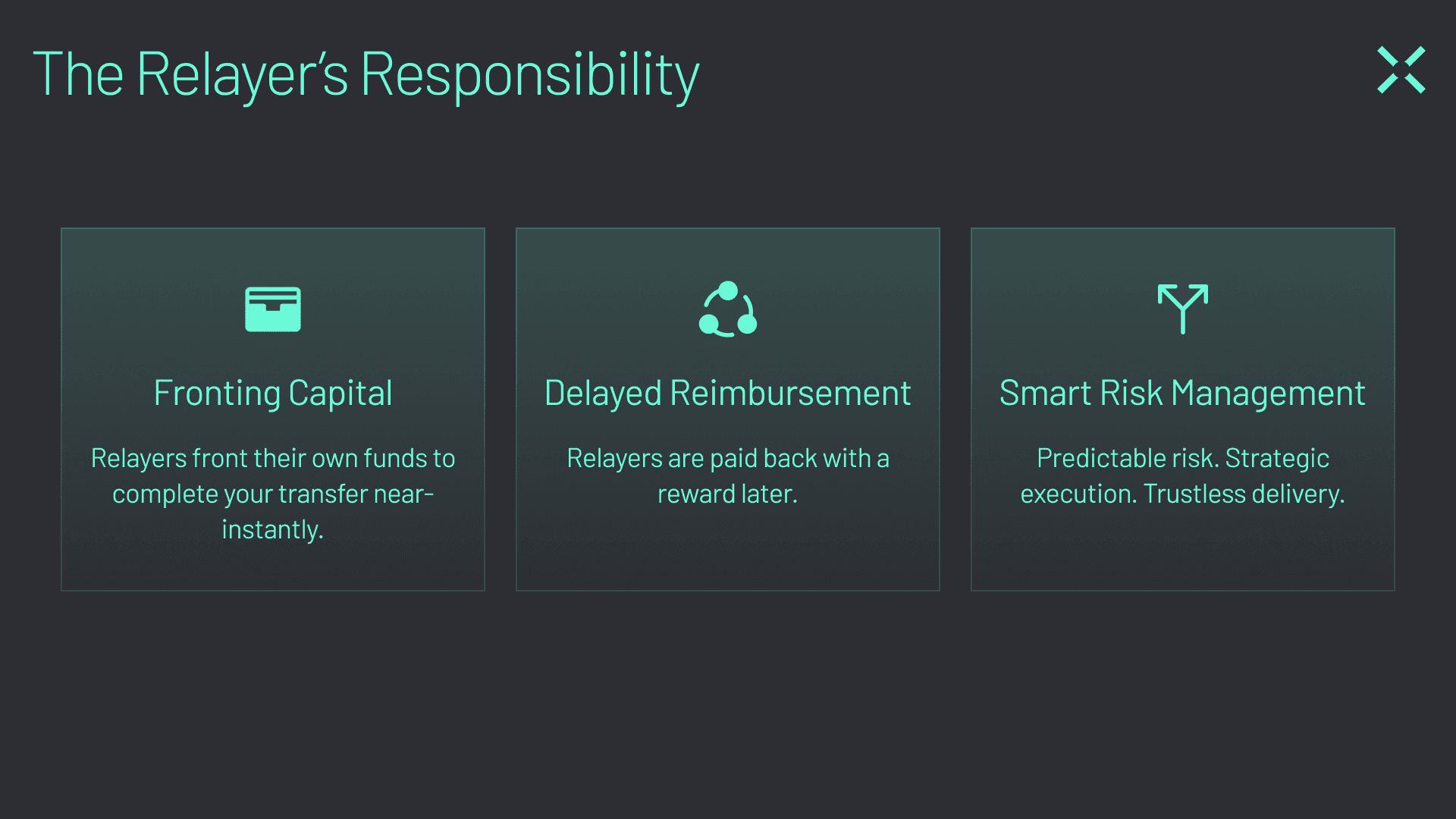
Relayers fill bridge requests and make the experience near-instant for users.
Step 5: Settlement and Security Via UMA
So, how are relayer transactions verified, and how do they get repaid?
All those bridge fills, including yours, get bundled together and submitted to the Across HubPool on Ethereum mainnet.
This bundle goes through a liveness window that typically lasts around 1 hour. During that time, anyone can dispute it if they think something’s wrong. If no one challenges it, the system optimistically finalizes the bundle, and the relayer gets reimbursed.
If a bundle is disputed, the dispute is sent to UMA for final resolution. UMA is a decentralized protocol that assumes data is correct unless proven false. It’s faster and leaner than traditional consensus methods, while still maintaining maximum security. You can learn more about how UMA secures Across here.
And for you, the user? Again, it’s invisible. You already have your funds. Our infrastructure handles the rest after the fact.
Once the repayment bundle is verified onchain, the relayer is repaid along with their financial reward.
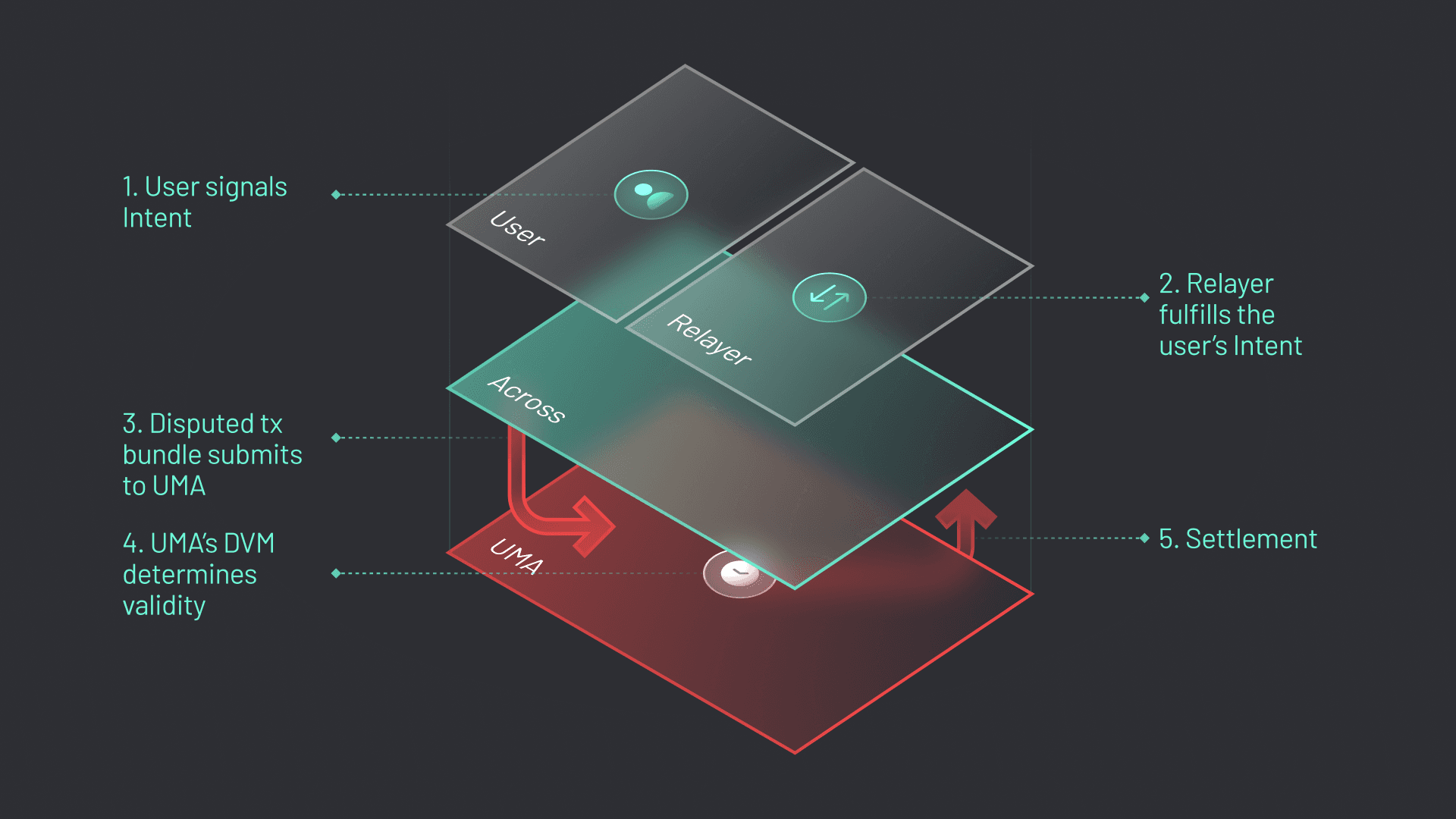
Across relies on UMA’s optimistic oracle to settle relayer transaction bundles and resolve disputes.
Why Across Protocol Is Fast and Efficient
Traditional bridges rely on pooled liquidity and fixed validator sets to move assets between chains. But this introduces latency, trust assumptions, and capital inefficiency.
Across flips the model:
No idle liquidity sitting in pools.
No multisigs or static validators.
Just a competitive network of relayers who act fast, fill user intents across chains, and get rewarded for doing it right.
The result: a bridge that’s faster, more capital-efficient, and trust-minimized. And it all happens without sacrificing security.
How Across Protocol Keeps Users Safe
At Across, we take security seriously.
When you bridge funds with Across, your assets are never exposed to centralized custody or opaque validator sets. Every step is designed to minimize trust and maximize transparency.
Here’s how Across keeps your transfers safe:
Your funds are locked in escrow on the origin chain’s smart contract. No one (not even Across) can move them without following the rules.
No multisigs. Across avoids centralized validator sets and multisignature schemes that can become single points of failure or targets for attack.
The relayer sends funds directly to your wallet on the destination chain. There’s no intermediary custody or risk of funds being misrouted.
Transactions are verified after the fact by UMA’s optimistic oracle. If anything looks wrong, anyone in the ecosystem can dispute it.
The liveness window provides time to catch and correct any errors or fraud before reimbursements happen.
Anyone can participate as a relayer or a watcher, making the system more decentralized and secure over time.
These security measures ensure that you can bridge with confidence and peace of mind every single time.
Want to Run a Relayer?
If you’re an engineer, a builder, or just someone who wants to contribute to the future of crosschain bridging, you can run a relayer yourself.
You will be joining a competitive marketplace that rewards speed, accuracy, and uptime. But most importantly, you will be helping users move funds instantly across chains. And yes, you will earn fees for doing it.
The technical lift isn’t too complex. Our docs walk you through the setup step-by-step, and the Across Discord is full of other relayers ready to help you out.
Final Thoughts
The next time you bridge on Across, it may feel like magic. But now you know what’s really happening under the hood.
A global network of relayers races to serve you. One wins. You get your funds in seconds. They get paid later. You don’t have to wait, you don’t have to worry. You enjoy a smooth crosschain experience that you don’t even have to think about, made possible by cutting-edge infrastructure powered by intents.
The crosschain engine is humming. Ready to try it out?
Frequently Asked Questions About Across Protocol
What is Across Protocol?
Across Protocol is an intent-based crosschain bridge that lets users move assets between blockchains quickly, securely, and without relying on centralized validators or multisigs. It uses a decentralized network of relayers and UMA to verify and settle transfers.
The protocol also allows developers to embed native bridging and crosschain actions directly into their applications.
How does Across Protocol work?
When a user submits a bridge request (intent), relayers compete to fulfill it by fronting the funds on the destination chain. Once the transaction is complete, it’s verified and settled using UMA’s optimistic oracle, ensuring trust-minimized, non-custodial transfers.
What are intents in Across Protocol?
An intent is a user’s request that defines what they want to do across chains (e.g., “Send 500 USDC from Arbitrum to Optimism”). Relayers then compete to fulfill that intent in the fastest and most efficient way possible.
What makes Across different from traditional bridges?
Traditional bridges rely on pre-funded liquidity pools and validator sets. Across eliminates these inefficiencies by using a permissionless relayer marketplace and post-verification through UMA. This leads to faster fill times, lower capital requirements, and stronger security guarantees.
Is bridging with Across secure?
Yes. Across is built with security at its core:
Funds are escrowed onchain, not held by any centralized party.
Relayers send funds directly to user wallets.
UMA resolves settlement disputes in a fully decentralized and trustless manner.
There are no multisigs or custodial intermediaries.
Across has experienced zero security breaches.
Can anyone run a relayer on Across?
Yes. Across is permissionless. Anyone can run a relayer, compete to fill bridge intents, and earn fees for doing so. The process is outlined in the official Across relayer documentation.
What is UMA?
UMA is a decentralized protocol and verification system that assumes data is valid unless challenged. Challenged data is resolved via a fully decentralized and trustless voting process.
UMA allows Across to verify relayer transaction bundles efficiently and securely without requiring real-time consensus or validator coordination.
What chains does Across Protocol support?
Across supports 20+ chains including Ethereum, Arbitrum, Optimism, Base, Polygon, ZKsync, Blast, and more. The list continues to grow as the protocol scales. Especially with the recent rollout of Across V4, which enables the protocol to deploy on more chains, faster.
Join the Across community:


